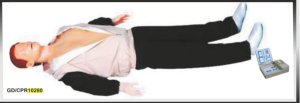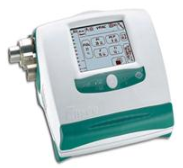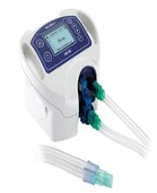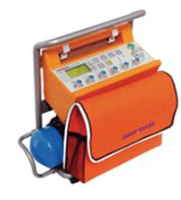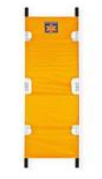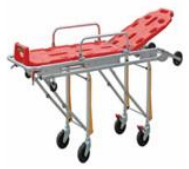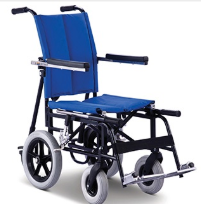Buy and Sell Medical Equipment, Hospital Furniture Online at best prices
Accident & Emergency medical equipment
An emergency department (ED) or an accident & emergency department (A&E)/ emergency room (ER) / emergency ward (EW) or casualty department, is a medical treatment facility specializing in emergency medicine, the acute care of patients who present without prior appointment.
PrimedeQ has wide range of Emergency Equipment such as Air Cleaner, Air-Purifying Respirator, Ambulance, Automatic Chest Compressor, Patient bed alert System, Backboard, Cervical Collar, Emergency Aspirator, Splint, Stretcher/Patient trolley, Resuscitators and Emergency Kits, Transport Ventilator, Water Decontamination System, Wheelchair Accessible Van.
Brands available with PrimedeQ are Bharath Engineering Works, Drager, GEMS, Hospitech, Mathurams, Niscomed, Philips, Smiths Medical
An A&E department or Casuality deals with genuine life-threatening emergencies, such as:
- unconscious patient
- acute confused state and fits that are not stopping
- chest pain, angina or heart attack
- breathing difficulties
- severe bleeding that is not stopping
- severe allergic reactions
- severe burns or scalds
- stroke / Sun-stroke
- major trauma such as a road traffic accident
- Fall
- Snake bite/ poisoning
Triaging normally consists of a brief assessment, including a set of vital signs, and the assignment of a "chief complaint" (e.g. chest pain, abdominal pain, difficulty breathing, etc.). In most hospitals, this role is fulfilled by a triage nurse, although dependent on training levels in the country and area, other health care professionals may perform the triage sorting, including paramedics or physicians. Triage is typically conducted face-to-face when the patient presents, or a form of triage may be conducted via radio with an ambulance crew; in this method, the paramedics will call the hospital's triage center with a short update about an incoming patient, who will then be triaged to the appropriate level of care.
The accident & emergency department is usually staffed by nurses, emergency physicians, paramedics and attendants round the clock.
Most patients will be initially assessed at triage and then passed to another area of the department, or another area of the hospital,

